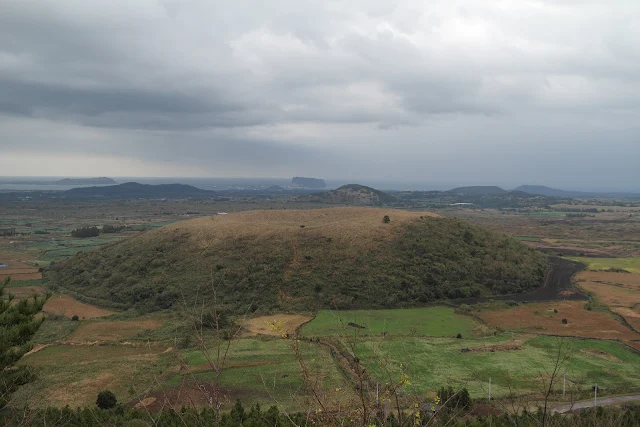*
Hi!. Are you looking for a tour program to feel a real Jeju island?
Then, congratulation! Because you have come to the right
site.
As I am an expert of Jeju island I have thoughtfully
selected the places where you can feel and experience deep inside of Jeju.
Whichever courses you take, it will save your precious time and you will feel
real Jeju island. I am sure this program give you more pleasure than those of
any other agencies.
Daily tour course1 (Eastern part of Jeju isalnd)
Price: 270.000KRW(base on 3 people)+40.000KRW for each additional person.
Includled: English speaking tour guiding,Transportation, Entrance fee for the touristic attractions.
Excluded: Accommodation, meals.
tour duration: 9am~6pm
Tour courses(Eastern part of Jeju island)
1.Stone cultural park
2.Seong-up ancient folk village
3.Lunch
4.Sepjikoji
5.Seongsan ilchulbong
Point of the tour course 1: When you travel Jeju
island, normally it's divided into 4 parts. East, West, South, and North parts.
Each parts has it's own characteristics. The tour course1 we are traveling is
eastern part of Jeju island. In this course we are going to see and learn the
youngest volcanic craters in Jeju island,a traditional ancient folk village, and
its diverse Jeju culture. If you want to get to know about volcanic knowledge
and experience, I strongly recommend this course. It is also a quite easy course
with enjoying walking and great sceneries.
Stone cultural park is the biggest cultural park in
Korea. Jeju island is a volcanic island and 90%of Jeju isalnd is covered by volcanic rocks and soil. Stone cultural
park is the best place to learn about
volcanoes and its culture from
it.
Why don't have a concept of Jeju island in
here?
Seong-up ancient folk village is more than 500 years old
village. Once you enter the village you will feel real Jeju life. This is not an
open museum it is actual village which Jeju
local people still live in. If you want to see real Jeju people's life and have experience, come to Seong-up ancient folk
village.
3. Sepjikoji
Sepjikoji is one of the best scenic place in Jeju
island. 'Koji' means a small peninsula in
Jeju dialect. This area
was nothing but open ocean and around 7000
years ago volcano started erupting which made this area. 'Sepjikoji'
consists of volcanic rocks and cliffs. Now it is time for you to take a walk enjoying the
best scenery of Jeju
island.
4. Seongsan ilchulbong
Seongsan
ilchulbong is a representative touristic attraction of Jeju island and most
popular place in South korea. It is a hydronic volcanic crater which erupted
5000 years ago. This crater is considered as the youngest volcanic crater in
Jeju island and it has been eroded almost half of them over 5000 years which
means another 5000 years later this crater will be completely gone away.
Seongsan ilchulbong means sun rise peak because it is located on the tip of
eastern of Jeju island, so lots of people climb to the peak to see sun rising
with praying for their new year's wish. It is
registered as Natural heritage of the world by UNESCO in
2007.
E-mail: donghak1008@gmail.com














